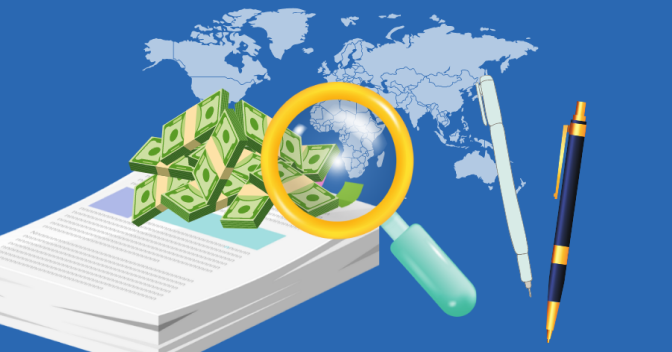Modern technologies make the largest financial markets easily reachable. In India, you may capitalize on any tradable asset, be it a currency pair, Bitcoin, stocks, or metals. However, it is also possible to do this indirectly — using CFDs. Here is everything you need to know about contracts for difference and their use in 2021.
Click here – Full Form Of EVM & Meaning
The Trading Boom
The devastating pandemic has spurred interest in remote technologies. Trading is increasingly popular around the world, and it is also free to learn. The global markets are always running, regardless of any crises and lockdowns. All you need is a registered account, a deposit, and trading knowledge.
With a laptop, tablet, or even smartphone, you may enter this vibrant gigantic system. Bulls and bears exchange assets all the time. With CFDs, multiple markers are at your fingertips, and the logic of profit is the same: buy low, sell high.
Click here – Lokulu Kakulu Aunty Biography, Wiki, Real Story, Age, Family
The Concept of CFDs
A derivative is a financial instrument whose value depends on the underlying asset. In the case of CFDs, the price may be linked to different markets, from currencies to commodities. A trader does not own the asset per se. Instead, they merely speculate on the ups and downs of its value. It is the logic behind any CFD in a nutshell.
As virtual derivatives, CFD is traded through online brokers. Often, these are the same companies that provide the standard arsenal for Forex trading. For example, in India, CFDs are easy to buy and sell through the Forextime systems.
So, what is the ‘difference’ in CFDs? As you buy and sell these instruments, your profit is the gap between entry and exit (i.e., the buying and selling price). Buy low and sell high to pocket the profit, which is paid by the broker. This company is your counterparty in the ‘contract’, the subject of which is a price change.
An important aspect of contracts for difference is leverage or trading on margin. This enables you to borrow from the broker to ramp up the buying power in the market. The capital is provided based on a specific ratio. For example, with 1:100 leverage, you could trade $10,000 worth of CFDs with just $100 of your own.
This system maximizes profits and losses at the same time, which is why it is viewed as highly risky. For the sake of fairness, it must be noted that the same principle is widely used in Forex, where ratios are even higher on average.
Types of CFDs
CFDs are a great diversification tool, an easy way to compile a portfolio across unrelated markets. Your broker may offer the following categories of derivatives, all accessible from the same account:
- CFDs on commodities like the WTI or Brent Crude;
- CFDs on cryptocurrencies like Bitcoin or Ripple;
- CFDs on stocks of corporate giants like Facebook;
- CFDs on market indices like GDAX.
Most of these underlying instruments may also be traded directly, which requires larger deposits. For example, you need at least $10,000 to trade oil futures. Each contract is tied to physical delivery, while CFDs are purely virtual speculative instruments. You may start with as little as $100, depending on the broker.
Bitcoin CFDs are also increasingly popular. Since the beginning of 2021, cryptocurrency has doubled in value. Some experts project a Bitcoin price of over $100,000 by year’s end. It is not necessary to own any coins at all. You may profit from this surge via CFDs.
CFDs on market indices are diversified by nature. These indicators reflect the cumulative performance of a cluster of companies. This makes the risks more manageable.
Access in India
Traders add CFDs to their portfolios quite easily. This requires a registered account and a deposit of $100 on average. Clients of global Forex brokers may gain access using the same accounts and platforms (depending on the provider).
All CFD traders should practice with a demo account before using their capital. It is also crucial to remember that leverage is precarious. It allows you to rake in larger profits, but the risks are also magnified. Beginners are advised against trading on margin.
How to Learn
Start with the basics. Your broker should provide basic guidelines, articles, tutorials, etc. External sources are also easy to find. YouTube has entire channels dedicated to CFDs and other types of trading instruments.
Any strategy must first be tested in the demo mode. Do not rush headlong into the live market. The longer you practice — the better the results will be. Remember that CFDs are risky instruments. You will not make profitable trades 100% of the time the goal is to achieve a good win/loss ratio, so the majority of your decisions pan out.


